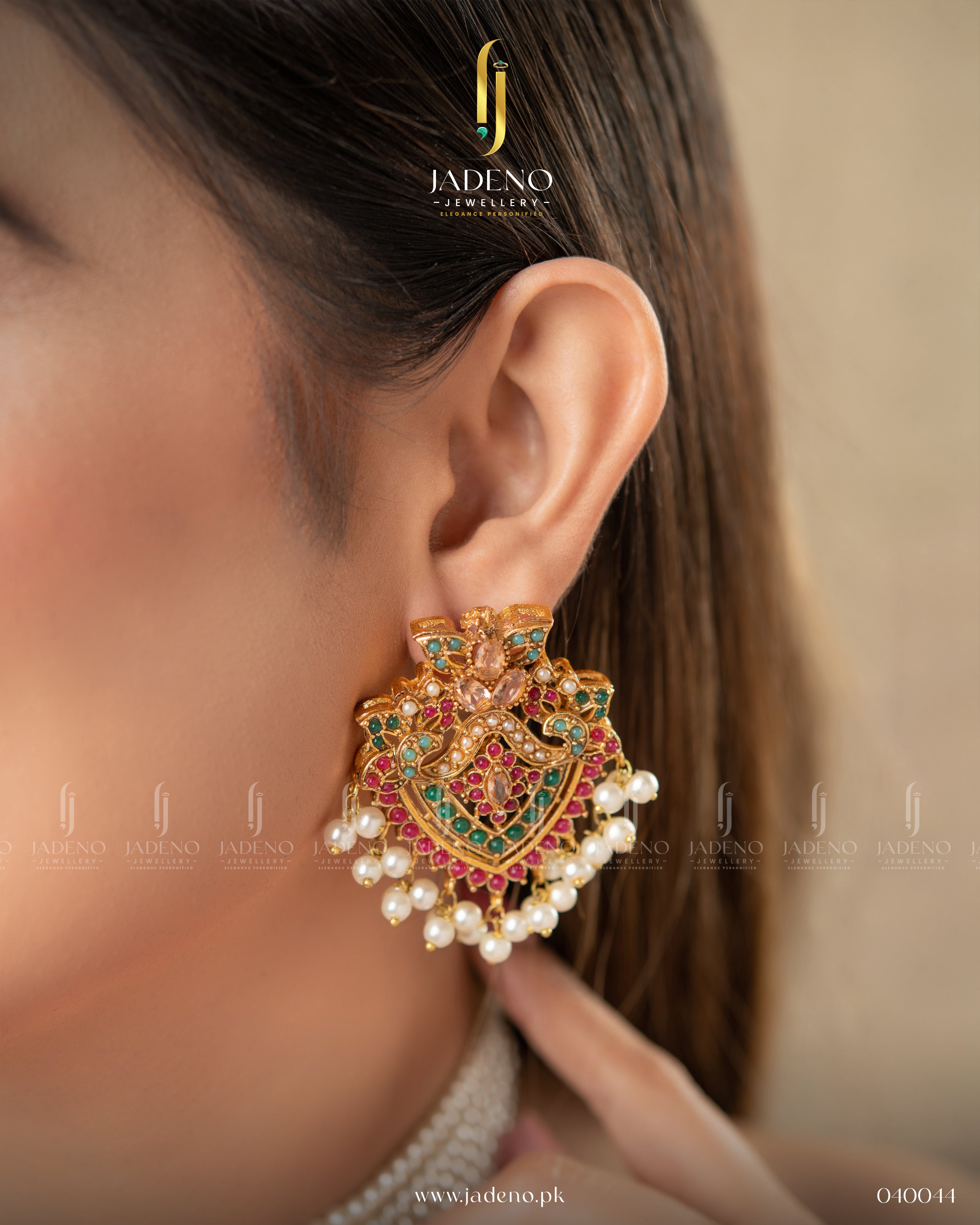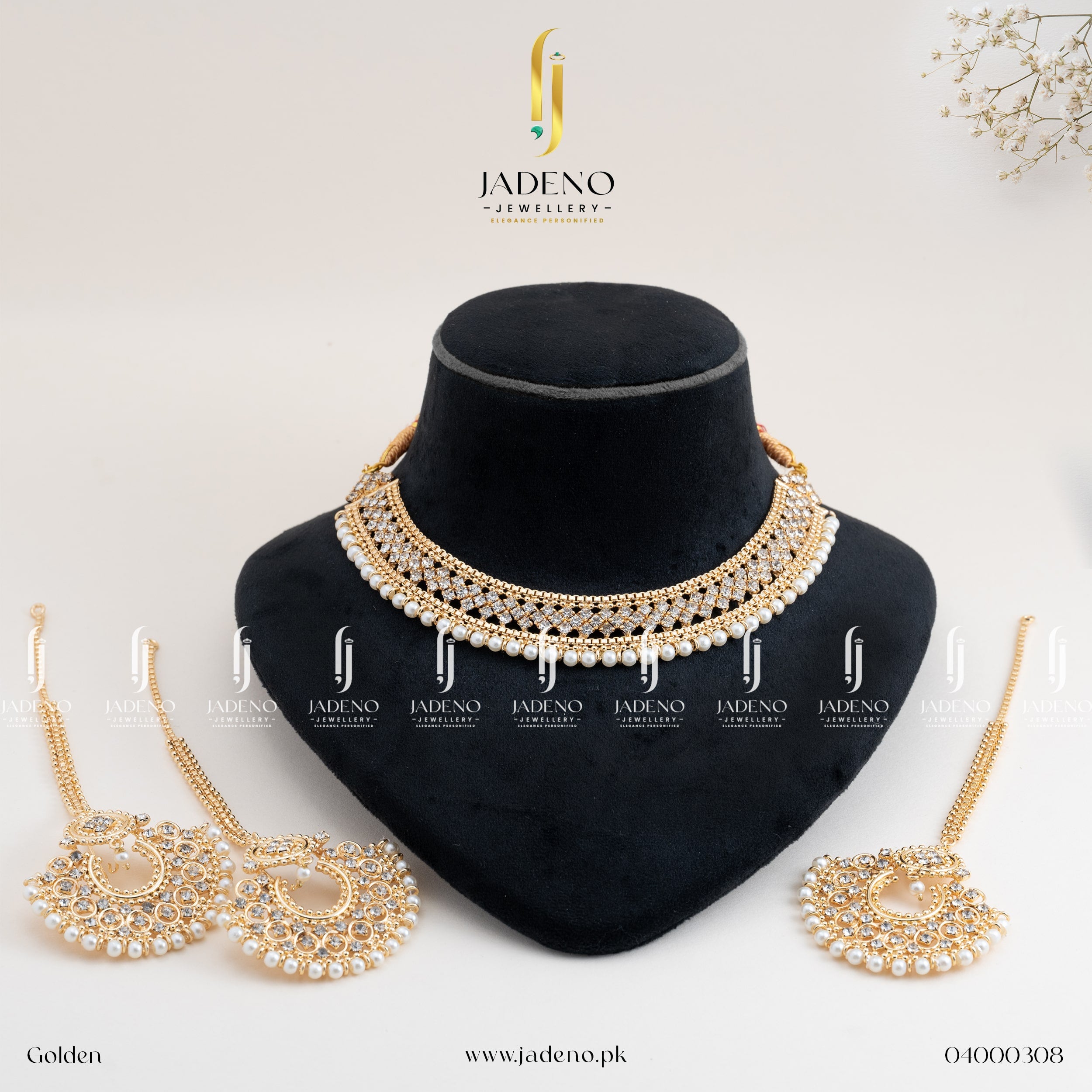
How To Clean Artificial Jewellery: A Comprehensive Guide
Artificial jewellery, also known as costume or fashion jewellery, is a popular accessory choice due to its affordability and variety. These pieces can enhance any outfit, offering the temptation of precious metals and gemstones without the high cost. However, to maintain their sparkle and extend their lifespan, it's essential to keep artificial jewellery clean. Over time, exposure to sweat, makeup, perfumes, and environmental factors can cause these pieces to lose their luster and even deteriorate if not properly cared for. This guide aims to provide you with practical and easy-to-follow steps for cleaning various types of artificial jewellery, ensuring they continue to shine like new.
Understanding Artificial Jewellery
Artificial jewellery refers to ornaments made from base metals, alloys, and imitation stones that mimic the appearance of precious jewellery. Unlike fine jewellery, which is made from materials like gold, silver, and genuine gemstones, artificial jewellery is crafted from materials such as brass, copper, nickel, and other alloys. These metals are often plated with gold or silver to enhance their appearance. The stones used in artificial jewellery are typically synthetic or imitation, such as cubic zirconia, rhinestones, or glass beads, designed to resemble diamonds and other precious gems.
Common Types
Before I delve into how your artificial jewellery can be preserved and used long-term, I will talk about how artificial jewellery comes in various forms, each designed to cater to different fashion needs. Here are some common types:
-
Costume Jewellery:
Often made with inexpensive metals and materials, this type of jewellery is mass-produced and designed to be worn with costumes or everyday outfits. -
Fashion Jewellery:
Typically trend-driven, fashion jewellery includes statement pieces that align with current fashion trends and are often worn to complement specific outfits. -
Rhinestone Jewellery:
This type of jewellery is embellished with rhinestones, which are glass or acrylic stones designed to mimic the sparkle of diamonds. -
Cubic Zirconia Jewellery:
Cubic zirconia (CZ) is a popular synthetic stone that closely resembles a diamond. Jewellery pieces featuring CZ are often more durable and offer a high-end look at a fraction of the cost. -
Imitation Pearls:
These are faux pearls made from glass, plastic, or other materials, coated to give them a pearlescent finish.
General Cleaning Tips for Artificial Jewellery
Avoid Harsh Chemicals
When cleaning artificial jewellery, it's crucial to avoid harsh chemicals and solvents, as these can strip the plating, dull the stones, and even cause corrosion in materials. Strong cleaners like bleach, ammonia, or acetone can cause irreversible damage, leading to discoloration or tarnishing. Instead, opt for gentle cleaning solutions that are safe for delicate materials.
Use Gentle Methods
Gentle cleaning methods are key to preserving the integrity of artificial jewellery. Soft tools like microfiber cloths, cotton swabs, and soft-bristled toothbrushes should be used to avoid scratching or damaging the surface. Non-abrasive techniques help maintain the finish and prevent the loosening of stones or decorative elements.
Frequency of Cleaning
Regular cleaning is essential to keep your artificial jewellery looking its best. However, the frequency of cleaning depends on how often the jewellery is worn. For pieces that are worn frequently, a weekly or bi-weekly cleaning routine is recommended. Jewellery worn less often can be cleaned monthly. Regular maintenance not only enhances the appearance of the jewellery but also helps in identifying any issues like loose stones or tarnishing early on.
Cleaning Tools and Supplies
Soft Cloth
A soft cloth, preferably microfiber or cotton, is an essential tool for cleaning artificial jewellery. Microfiber cloths are ideal because they are gentle on the surface and effectively remove dirt, dust, and oils without scratching. A cotton cloth can also be used for polishing and buffing the jewellery to restore its shine.
Mild Soap Solution
A mild soap solution is one of the safest and most effective cleaning agents for artificial jewellery. To create this solution, mix a few drops of mild dish soap with lukewarm water. This solution is gentle enough to clean without damaging the delicate materials. Avoid using hot water, as it can cause adhesives in the jewellery to weaken or dissolve.
Toothbrush
A soft-bristled toothbrush is useful for cleaning intricate designs and hard-to-reach areas. When selecting a toothbrush, choose one with soft bristles to prevent scratching the surface of the jewellery. The toothbrush should be used gently to avoid dislodging stones or damaging delicate parts.
Cotton Swabs
Cotton swabs are perfect for cleaning small crevices and detailed areas where dirt and grime can accumulate. They allow for precise cleaning, ensuring that no area is missed. Cotton swabs are also useful for applying cleaning solutions to specific spots without over-saturating the jewellery.
Jewellery Cleaning Cloth
Jewellery cleaning cloths are specially designed to polish and clean jewellery without causing damage. These cloths often have two sides: one for cleaning and the other for polishing. They are particularly effective in removing tarnish and restoring the shine to metal parts of the jewellery.
Step-by-Step Cleaning Process
Preparation
Before you begin cleaning, you need to gather all necessary materials: a soft cloth, mild soap solution, a soft-bristled toothbrush, cotton swabs, and a jewellery cleaning cloth. Prepare a cleaning area that is clean and dry, and ensure that the surface will not be damaged by water or cleaning solutions. A soft towel or cloth can be placed underneath the jewellery to protect it during cleaning.
Cleaning the Jewellery
Remove Dirt and Debris
Start by gently brushing the jewellery with a soft toothbrush or wiping it with a soft cloth to remove any loose dirt or debris. This step is important to avoid scratching the surface when cleaning.
Soaking
Next, soak the jewellery in the mild soap solution for a few minutes. This helps to loosen any dirt or grime that is stuck to the jewellery. Avoid soaking for too long, as prolonged exposure to water can damage certain materials.
Scrubbing
After soaking, use the soft-bristled toothbrush to gently scrub the jewellery, paying special attention to intricate designs and crevices where dirt tends to accumulate. Be gentle to avoid dislodging stones or damaging delicate parts.
Rinsing
Rinse the jewellery thoroughly with lukewarm water to remove any soap residue. It's important to ensure that no soap remains on the jewellery, as it can leave a film that dulls the shine.
Drying
Pat the jewellery dry with a clean, soft cloth. Avoid rubbing, as this can cause scratches. Allow the jewellery to air dry completely before storing it. Proper drying is essential to prevent moisture from causing tarnish or corrosion.
Special Care for Different Types of Artificial Jewellery
Metal Parts
Artificial jewellery often contains metal parts made from brass, copper, or alloys. These metals can tarnish over time if not properly cared for. To clean metal parts, use a mild soap solution and a soft cloth. For stubborn tarnish, a small amount of baking soda mixed with water can be used to create a paste. Apply the paste gently with a soft cloth, then rinse and dry thoroughly. Avoid using abrasive materials that can scratch the metal.
Imitation Stones
Imitation stones like rhinestones, cubic zirconia, and faux pearls require special care to maintain their sparkle. When cleaning these stones, avoid soaking them for too long, as water can weaken the adhesive holding the stones in place. Instead, use a soft cloth dampened with a mild soap solution to gently wipe the stones. For detailed cleaning, use a cotton swab to reach small areas. Always dry the stones immediately after cleaning to prevent water spots or damage.
Enamel and Painted Surfaces
Enamel and painted surfaces on artificial jewellery can chip or peel if not handled carefully. To clean these surfaces, use a soft cloth with a mild soap solution. Avoid scrubbing, as this can damage the enamel or paint. Instead, gently wipe the surface to remove dirt and debris. If the jewellery has intricate enamel work, use a cotton swab for precision cleaning. Dry thoroughly to prevent water from seeping into the enamel and causing damage.
Storing Artificial Jewellery
Proper Storage Tips
Proper storage is crucial for preserving the quality and appearance of artificial jewellery. Store each piece separately in a jewellery box, pouch, or a soft cloth to prevent scratching and tangling. Avoid exposing the jewellery to moisture, as this can cause tarnishing and corrosion. Jewellery should also be kept away from direct sunlight, which can fade colors and weaken adhesives.
Regular Maintenance
Regular maintenance, including cleaning and inspection, helps ensure the longevity of artificial jewellery. Inspect your jewellery periodically for signs of wear, such as tarnishing, discoloration, or loose stones. Addressing these issues early can prevent further damage and keep your jewellery in top condition.
Troubleshooting Common Issues
Tarnishing
Tarnishing is a common issue with artificial jewellery, especially with metal parts. To clean tarnished jewellery, use a jewellery cleaning cloth or a paste made from baking soda and water. Gently rub the tarnished areas, then rinse and dry thoroughly. To prevent tarnishing, store the jewellery in a dry place and avoid exposure to moisture and chemicals.
Discoloration
Discoloration can occur if artificial jewellery is exposed to harsh chemicals, sweat, or moisture. To address discoloration, clean the jewellery with a mild soap solution and a soft cloth. For stubborn discoloration, a small amount of vinegar mixed with water can be used to gently wipe the affected areas. Always rinse and dry the jewellery thoroughly after cleaning.
Loose Stones or Parts
Loose stones or parts can be a sign of wear and tear. To check for loose components, gently shake the jewellery and listen for any rattling sounds. If you find loose stones or parts, it's important to secure them as soon as possible to prevent loss or further damage. For minor issues, a small amount of jewellery adhesive can be used to secure loose stones. For more significant repairs, consider taking the jewellery to a professional.
Conclusion
Keeping artificial jewellery clean and well-maintained is essential for preserving its appearance and extending its lifespan. By following the cleaning and care tips outlined in this guide, you can ensure that your jewellery continues to shine and complement your style. Regular cleaning, proper storage, and timely maintenance will keep your artificial jewellery looking as beautiful as the day you bought it. So, take the time to care for your pieces, and they will reward you with years of wear and enjoyment. If you have any additional tips or questions, feel free to share them in the comments below!



















